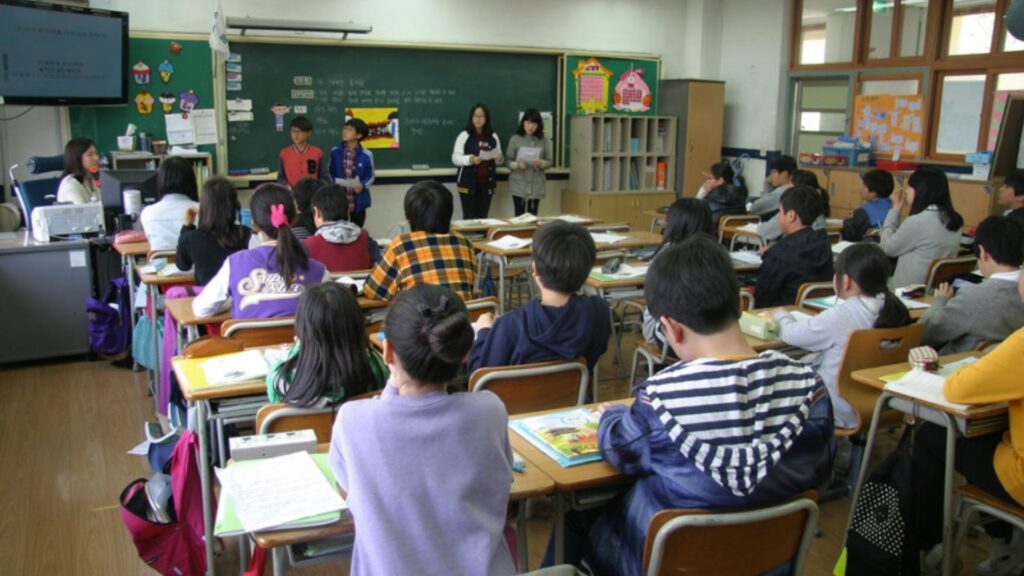Can America Learn From Norway’s Peculiar Way To Curb Student Absenteeism?
Some education officials in America are looking at Norway's peculiar method to keep student absences at low levels.

Chronic absenteeism is rampant in American schools. Amidst the teacher shortage and enrollment drops, the students who remain active in public schools are not all that engaged being that they are missing masses of lessons throughout the school year. While school officials argue over the best way to handle the student absences, some are looking to Norway’s current model.
Many are questioning if Norway’s crackdown on chronic absenteeism is a solution worth implementing in America. Before 2016, the country was experiencing growing rates of student absence. In order to combat this, the nation decided to implement a policy that penalized students who miss 10% of class or more.
Any student who was absent 10% of the time or more would automatically fail. They lost the ability to receive a final grade for their course and either had to retake it or find an alternative. While some American officials oppose strict education methods, Norway experienced a drastic decrease in chronic absenteeism.
Since the new policy took effect, student absences have been reduced by 20%-28%. Researchers examining Norway’s education data have found that the 10% threshold is a standard baseline that indicates reading deficiencies, juvenile delinquency, and the potential to drop out before graduation. Despite this information, some United States education officials are still wary of adopting a similar policy.
The executive director of Attendance Works, Hedy Chang admitted that it is likely that chronic absenteeism doubled during the pandemic. The organization’s June report declared this a “full-scale crisis” in education. Concerns regarding the cultural differences between American students and those of Norway are the most striking for those who do not believe that Norway’s student absence policy will effectively solve American public school absentee issues.
Before the pandemic, student absences were high in many districts across the United States. In 2019, Los Angeles reported that 19% of students missed 15 school days or more throughout the year. 26% of New York students were chronically absent.

Then in 2020 schools were locked down and children were masked and distanced once in-person learning resumed. Because of the excessive nature of these policies, many parents decided to pull their children out of public schools, but those who remained did not come to class as much either. Student absences increased. This led to some 40% of enrolled children missing three school weeks or more of class in New York and Los Angeles.
When students are absent they experience learning loss and have trouble catching up. Focusing on subjects is more difficult. Both of these areas have relaxed education standards for students in order to help them gain success, but this has only contributed to further absences and failures. Instead of working to encourage students to show up and do the work, New York removed penalties for turning in late work or missing class altogether and California eliminated failing grades.
Whether academic experts in the U.S. agree with Norway’s model or not, it has improved attendance rates in that nation. As student absences continue to disrupt American public school lessons, many solutions are being considered. The 2022-2023 school year is about to start in various areas this month and until solutions are found, more students are likely to miss much-needed class time.







